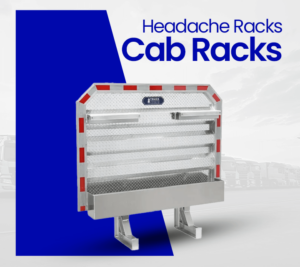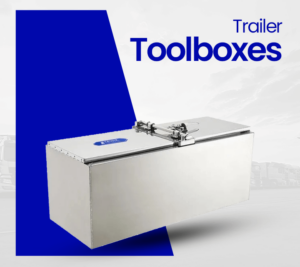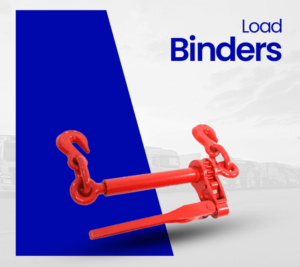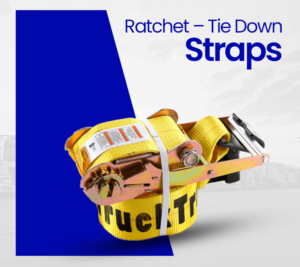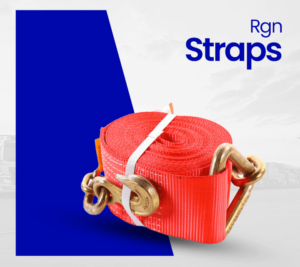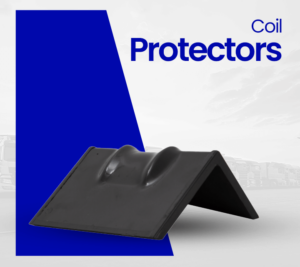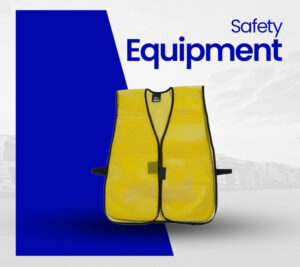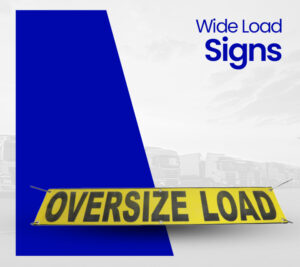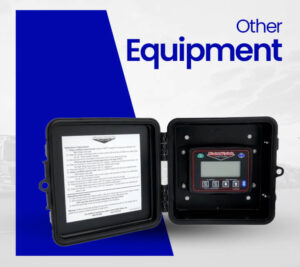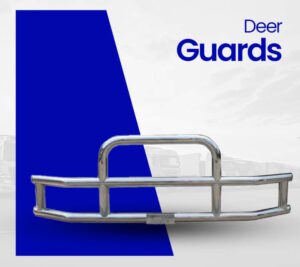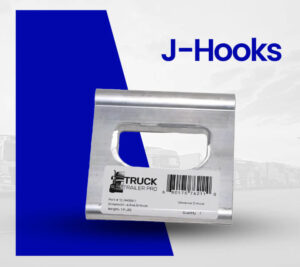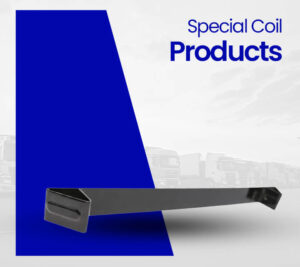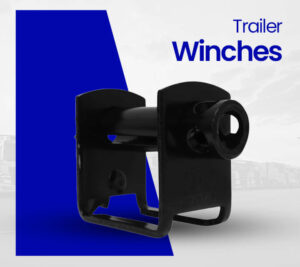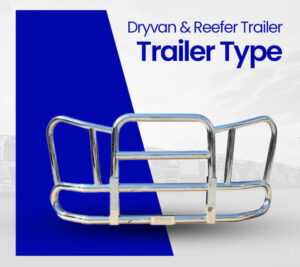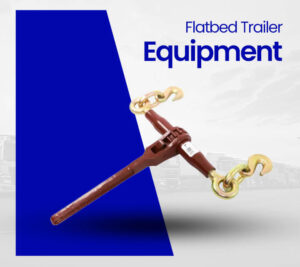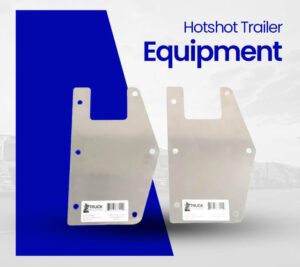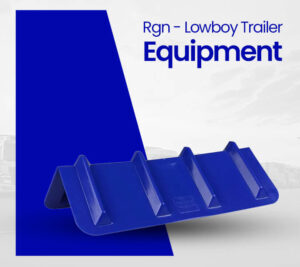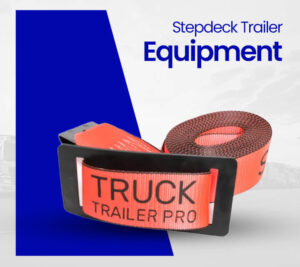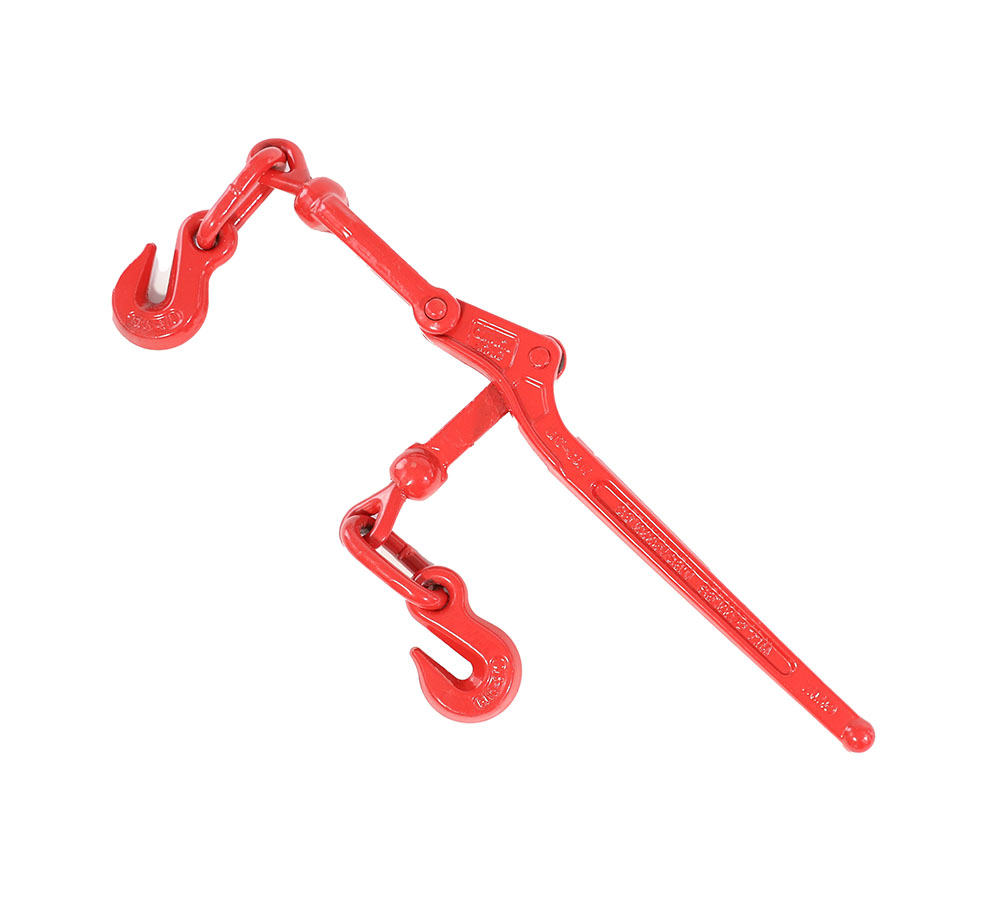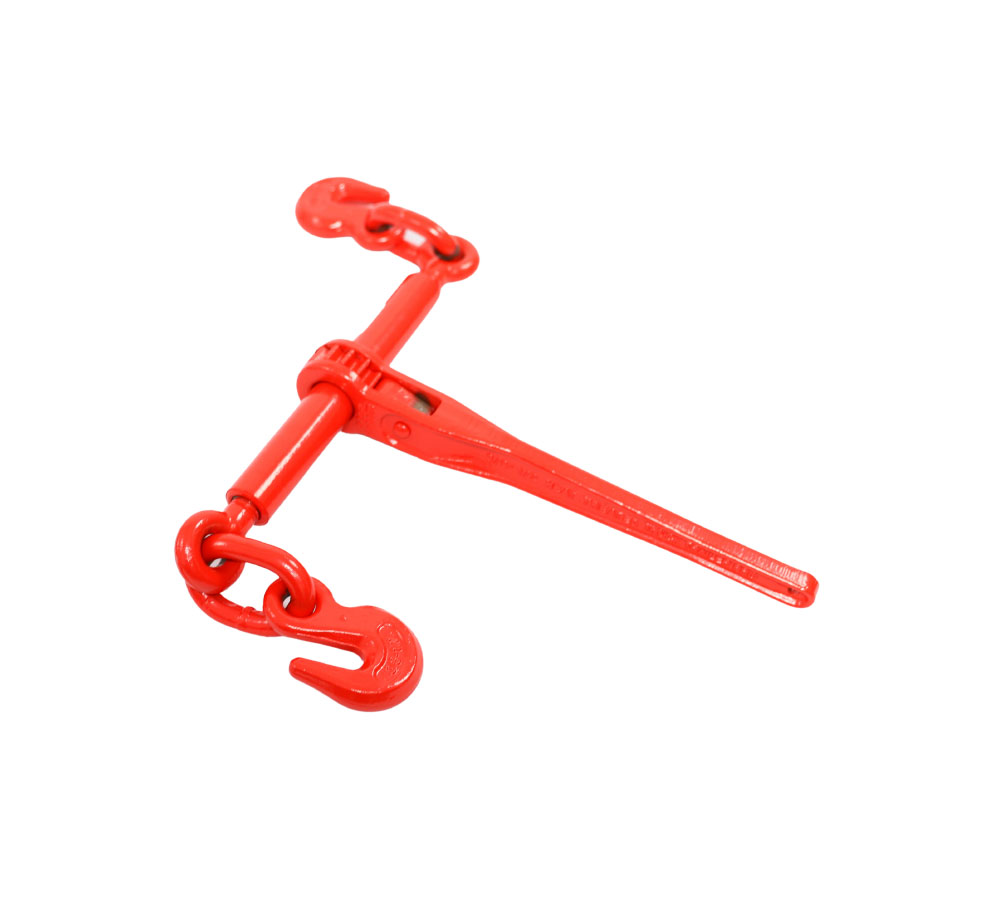Chain binders, also known as load binders or chain tensioners, are essential tools used in the transportation and securing of heavy loads. They are primarily employed in the trucking, shipping, and construction industries to ensure that cargo remains safely in place during transit.
These devices work by securely tightening chains around loads, preventing them from shifting or becoming dislodged during transportation. Chain binders typically consist of a ratcheting mechanism and hooks on each end for attaching to the load and the anchor point.
There are two main types of chain binders: lever binders and ratchet binders. Lever binders utilize a lever and tensioning screw to tighten the chain, while ratchet binders use a ratcheting mechanism to incrementally increase tension until the desired level of tightness is achieved.
One of the key advantages of chain binders is their ability to provide significant tension, ensuring that even the heaviest loads remain securely fastened. Additionally, they are relatively easy to use and can be operated by one person with minimal effort.
What are chain binders used for?
The primary purpose of chain binders is to securely tighten chains around loads, preventing them from shifting, sliding, or becoming dislodged during transit. They are particularly essential when transporting large, bulky items or materials that require a high level of stability to prevent damage or accidents.
In the trucking industry, chain binders are commonly used to secure loads such as lumber, steel coils, machinery, and other heavy equipment. By applying tension to the chains, they help distribute the weight evenly and hold the cargo firmly in place, reducing the risk of load shifting and potential hazards on the road.

Similarly, in the shipping and maritime sectors, chain binders are employed to secure cargo containers on vessels. These binders ensure that containers remain securely fastened to the ship’s deck or storage area, even in rough seas or adverse weather conditions, preventing them from falling overboard or causing instability on the vessel.
How do you use a chain binder?
Using a chain binder properly is essential for safely securing heavy loads during transportation. Below is a step-by-step guide on how to use a chain binder effectively:
- Inspect the Chain Binder: Before use, carefully examine the chain binder for any signs of damage, such as cracks, bends, or corrosion. Ensure that all components, including hooks, ratchets, and tensioning mechanisms, are in good working condition.
- Choose the Correct Type: Determine whether you are using a lever binder or a ratchet binder. The choice may depend on personal preference or specific requirements for the load and application.
- Attach the Chain Binder: Position the chain binder along the length of the chain, ensuring that it is close to the load but with enough clearance to operate the binder’s mechanism without obstruction.
- Engage the Binder: If using a lever binder, open the lever fully and hook it onto one of the links of the chain. For a ratchet binder, insert the free end of the chain into the slot on the ratchet spool and pull it through until there is sufficient tension.
- Begin Tensioning: Start tensioning the chain by operating the lever or ratchet mechanism. With a lever binder, use the lever to pull the chain tight manually. For a ratchet binder, crank the handle in the appropriate direction to tighten the chain incrementally.
- Apply Tension Gradually: Avoid over-tightening the chain, as this can cause excessive stress and potential damage. Apply tension gradually, ensuring that the load remains secure without putting undue strain on the binder or the chains.
- Secure the Binder: Once the desired level of tension is achieved, securely lock the lever or ratchet mechanism in place to prevent it from loosening during transit. Double-check that the binder is firmly attached to both the chain and the anchor point.
- Final Inspection: Before moving the load, perform a final inspection to ensure that the chain binder is properly secured and the load is stable. Confirm that all components are in place and that there are no visible signs of slippage or loosening.
By following these steps carefully, you can effectively use a chain binder to secure heavy loads and ensure safe transportation on trucks, trailers, or other transport vehicles. Always prioritize safety and proper technique when using chain binders to prevent accidents and protect both the cargo and the transport equipment.
What is the working load limit for chain binders?
The working load limit (WLL) for chain binders is a critical factor to consider when securing heavy loads for transportation. The WLL refers to the maximum weight that a chain binder is designed to safely handle under normal working conditions. It is imperative to adhere to the specified WLL to ensure the safety of the load, the equipment, and everyone involved in the transportation process.
The WLL of a chain binder is determined by various factors, including its design, construction materials, and overall strength. It is typically indicated by the manufacturer and can vary depending on the type and model of the binder. It is crucial to consult the manufacturer’s specifications and guidelines to determine the appropriate WLL for a particular chain binder.
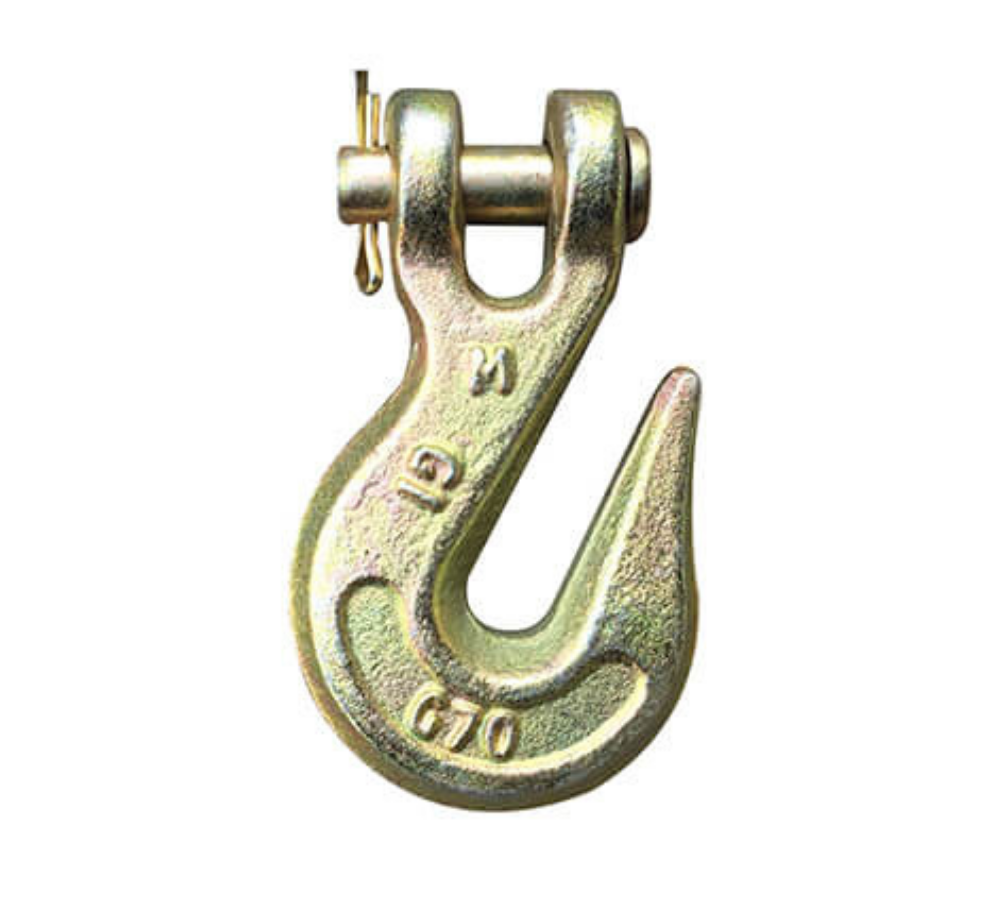
Exceeding the WLL of a chain binder can result in catastrophic consequences, including equipment failure, load slippage, and accidents. Therefore, it is essential to accurately assess the weight of the load and select a chain binder with a WLL that exceeds or matches the load’s weight. Additionally, factors such as the angle of the chain, environmental conditions, and dynamic forces during transit should be considered when determining the appropriate WLL.
Regular inspection and maintenance of chain binders are also essential to ensure their continued reliability and safety. Any signs of wear, damage, or deterioration should be addressed promptly, and damaged binders should be replaced to maintain their integrity and performance.
Furthermore, it is vital to use chain binders in conjunction with appropriate chains and anchor points that are compatible with the WLL of the binder. Using mismatched or inadequate components can compromise the effectiveness of the binding system and pose serious risks during transportation.
Where can I buy chain binders?
You can easily purchase chain binders from our website, TruckTrailerPro. We offer a variety of options to suit your needs, including the Indirect Load Chain Binder and the Lever Chain Binder.
For instance, the Indirect Load Chain Binder, designed for chains ranging from 5/16″ to 3/8″, is available at a competitive price of $24.50. This binder is ideal for securing heavy loads during transportation, providing reliable tension and stability.
Alternatively, you might consider the Lever Chain Binder, also compatible with chains sized 5/16″ to 3/8″. This binder is offered at a discounted price of $17.50, down from its original price of $21.50. It features a convenient lever mechanism for easy tightening, making it a practical choice for securing loads efficiently.
Both options are crafted with high-quality materials and built to withstand the rigors of heavy-duty use. You can browse our website to explore these products further and find the one that best fits your requirements. With our competitive prices and suitable fittings, you can conveniently access these chain binders and ensure the safe and secure transportation of your cargo. Take a look now and secure your loads with confidence!



